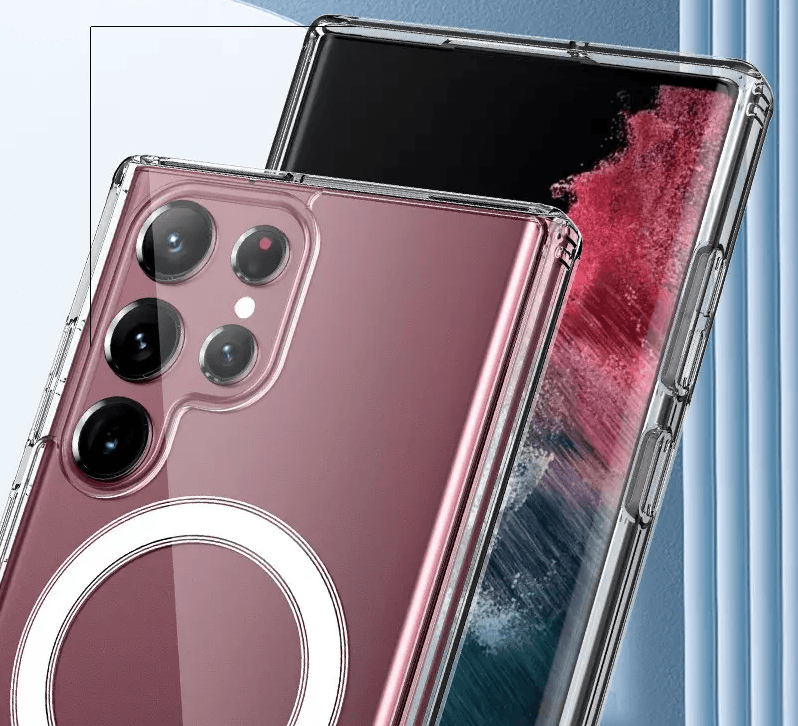The Rise Of Wireless Power Banks
In today's fast-paced world, staying connected is essential. Our reliance on mobile devices, from smartphones to tablets, has increased significantly. However, one common challenge persists: battery life. Enter wireless power banks, a revolutionary solution that is transforming the way we charge our devices. In this article, we will explore the rise of wireless power banks, their benefits, and their impact on the future of mobile charging.
What Are Wireless Power Banks?
Wireless power banks are portable chargers that use wireless technology to transfer energy to a device without the need for cables. These devices leverage technologies like Qi (pronounced "chee"), a standard for wireless power transfer, to charge compatible devices through electromagnetic fields.

How Do Wireless Power Banks Work?
The operation of wireless power banks is based on the principles of electromagnetic induction. The power bank contains a coil that generates an electromagnetic field when electricity flows through it. When a compatible device, equipped with a receiver coil, is placed in proximity to the power bank, the electromagnetic field induces a current in the device's receiver coil, thus charging the battery.
The Advantages of Wireless Power Banks
1. Convenience and Portability
One of the primary advantages of wireless power banks is their convenience. With no cables to worry about, users can simply place their devices on the power bank to charge. This is particularly useful for individuals who are always on the go and need a quick and hassle-free charging solution.
2. Compatibility with Multiple Devices
Wireless power banks are designed to be compatible with a wide range of devices, provided they support wireless charging. This includes not only smartphones but also smartwatches, earbuds, and other gadgets. This versatility makes wireless power banks a valuable accessory for tech enthusiasts.
3. Reducing Wear and Tear on Cables
Frequent plugging and unplugging of charging cables can lead to wear and tear over time. Wireless power banks eliminate this issue by offering a cable-free charging experience. This not only extends the lifespan of the cables but also reduces the chances of damaging the charging port on devices.
4. Enhanced Safety Features
Modern wireless power banks come equipped with various safety features, such as temperature control, overcharge protection, and short-circuit prevention. These features ensure that both the power bank and the connected devices are protected during the charging process.
The Growing Popularity of Wireless Power Banks
Market Trends and Adoption
The demand for wireless power banks has been steadily increasing, driven by advancements in wireless charging technology and the growing number of compatible devices. According to market research, the global wireless charging market is projected to reach $25.6 billion by 2027, with a significant portion attributed to wireless power banks.
Technological Advancements
Recent technological advancements have played a crucial role in the popularity of wireless power banks. Improved charging speeds, higher efficiency, and the ability to charge multiple devices simultaneously are some of the key innovations that have contributed to their widespread adoption.
Challenges and Considerations
1. Charging Speed
While wireless power banks offer convenience, one common concern is the charging speed. Wireless charging is generally slower compared to traditional wired charging. However, with ongoing advancements, this gap is gradually narrowing, and newer models are offering faster charging capabilities.
2. Device Compatibility
Not all devices are compatible with wireless charging. Users need to ensure that their devices support the Qi standard or other relevant wireless charging technologies. Additionally, some devices may require a special case or adapter to enable wireless charging.
3. Efficiency and Energy Loss
Wireless charging is often less efficient compared to wired charging due to energy loss during the transfer process. This can result in longer charging times and increased energy consumption. However, manufacturers are continually working on improving the efficiency of wireless power banks.
The Future of Wireless Power Banks
Emerging Technologies
The future of wireless power banks looks promising, with several emerging technologies set to revolutionize the industry. One such technology is resonant inductive coupling, which allows for charging over greater distances and even through obstacles. This could enable users to charge their devices without having to place them directly on the power bank.
Integration with Smart Devices
As smart devices become more prevalent, the integration of wireless power banks with these devices will become increasingly important. Imagine a scenario where your smartwatch automatically starts charging when placed near your wireless power bank, or your smartphone charges wirelessly while you work on your laptop.
Eco-Friendly Innovations
Sustainability is a growing concern in the tech industry. Future wireless power banks may incorporate eco-friendly materials and energy-efficient designs to reduce their environmental impact. Solar-powered wireless power banks are already in development, offering a renewable energy source for charging devices.
Conclusion
Wireless power banks are undoubtedly changing the way we charge our devices. Their convenience, compatibility, and safety features make them a valuable accessory in today's digital age. While there are still challenges to overcome, ongoing technological advancements and emerging innovations promise a bright future for wireless power banks. As the demand for wireless charging solutions continues to grow, we can expect to see even more exciting developments in this field.


